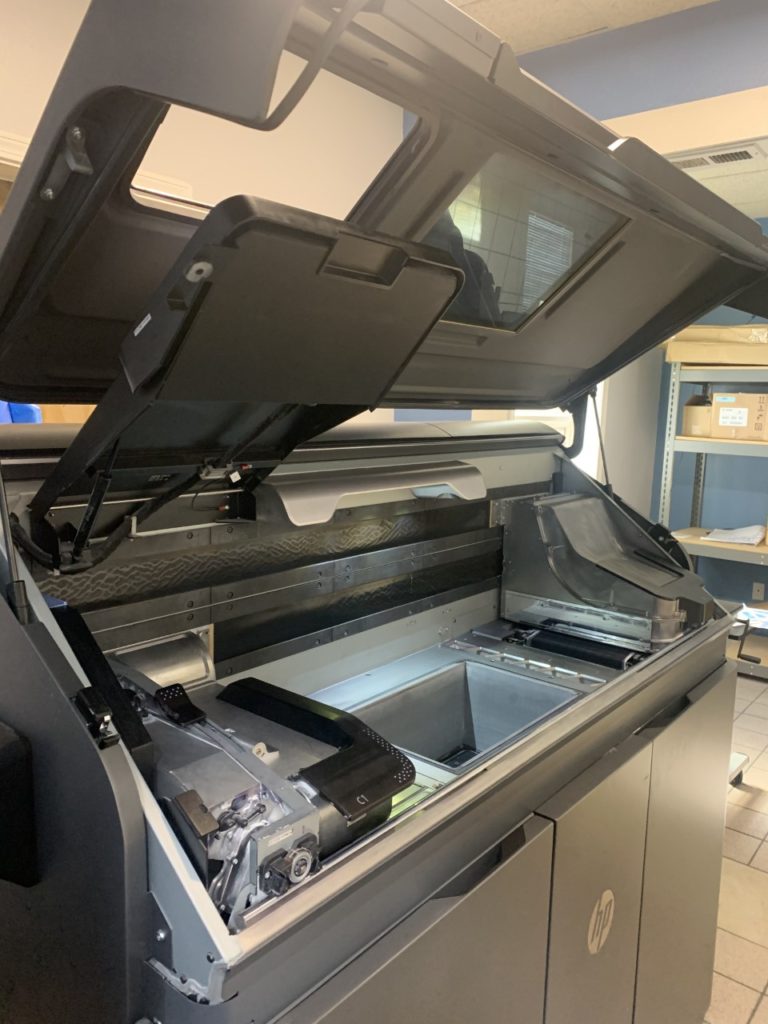
Agility is a term that is used often in product development and prototyping. The ability to test and iterate potential designs to find the best solution is the key to success in competitive markets where many companies are developing similar products simultaneously. In an environment where lead times for prototyped parts can mean the success or failure of a project, it is clear that prototyping solutions offered by additive and 3D printing technologies can offer a competitive edge that is rapidly moving towards the industrial standard. As additive technologies become more reliable, less expensive, and more widely available to industrial and consumer markets, product development cycles will continue to contract.
Additive and 3D printed development prototypes offer fast turnaround times as a low cost alternative to traditional methods. With high quality, durable materials, it is now possible to take an idea and transform it into a tangible part in a matter of days, or even hours. Additive technologies allow a product developer the freedom to test and iterate more challenging and interesting solutions without the risk of expensive material costs, extensive retooling, and expansive turnaround times.
The advantages don’t stop there – as technology continues to improve, the process to go from prototype to final production release continues to improve as well. Software developers and manufacturers recognize that additive technologies are the future of rapid product development cycles, and as such are developing new tools to push the envelope of what was considered possible. Many companies are already experimenting with 3D printing fixtures for their production equipment that previously were expensive, challenging, or in some cases not possible to machine. By integrating additive technology into the final product design process, manufacturers can further reduce costs of tooling, and produce high quality, working parts faster by expediting high-cost fixtures and inserts through an additive process.
Agility is defined as the ability to move quickly and easily. Revolutionary 3D printing and additive technologies make it possible to move a prototype part quickly through test cycles for less cost than has ever been possible to achieve, and easily integrate into a robust production setting. In a market where consumers expect robust solutions and lightning fast results, 3D printing offers the unique means to deliver above expectation and the flexibility to go back to the drawing table to iterate and improve upon working ideas.
